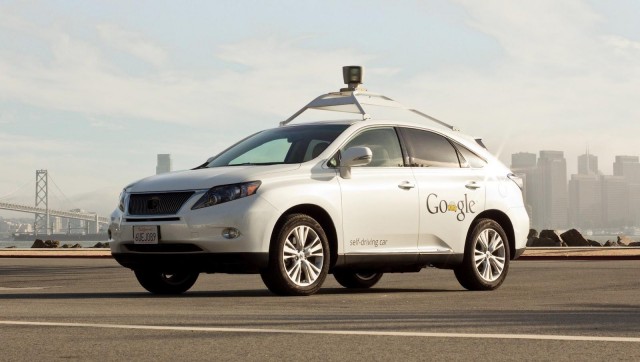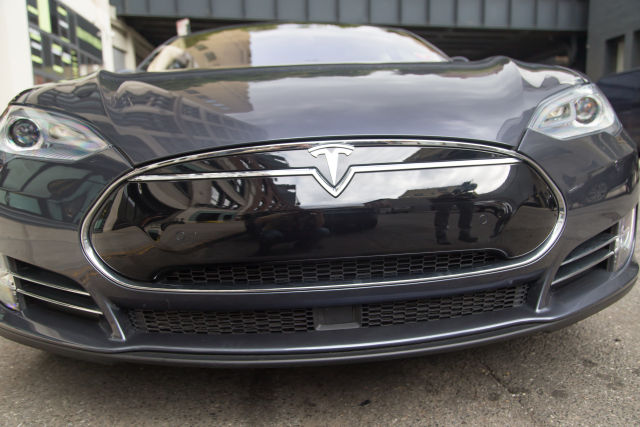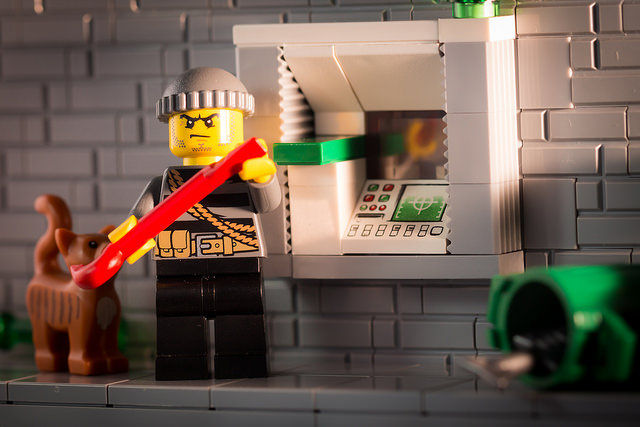In May 2015, the US Department of Education announced that it would sunset its old e-signature system for the Free Application for Federal Student Aid (FAFSA) and replace it with a new system to authenticate FAFSA information. But the new system is apparently causing confusion and frustration among students.
Students who want to apply for most federal and state financial aid for higher education in the US must fill out a FAFSA by midnight March 2 (that's tonight, if you're a teen or if you have a teen applying to college). But filling out the form is not an easy process for students or their parents, who must also be registered with the Department of Education if the student can be claimed as a dependent.
The change that the Department of Education implemented was a seemingly small one, but it’s created some friction that wasn’t there before, the Los Angeles Times reported. Previously, students and parents had to apply for a Federal Student Aid PIN with their social security number to access their FAFSA online. If they later forgot their PIN, they had to recover it by reentering a social security number as well as a corresponding name and date of birth. Now, students and parents must create a Federal Student Aid ID (FSA ID), which allows users to access their FAFSA information through a user name and password. The setup of a FSA ID also requires that students and parents have social security numbers as well as a valid e-mail addresses.








